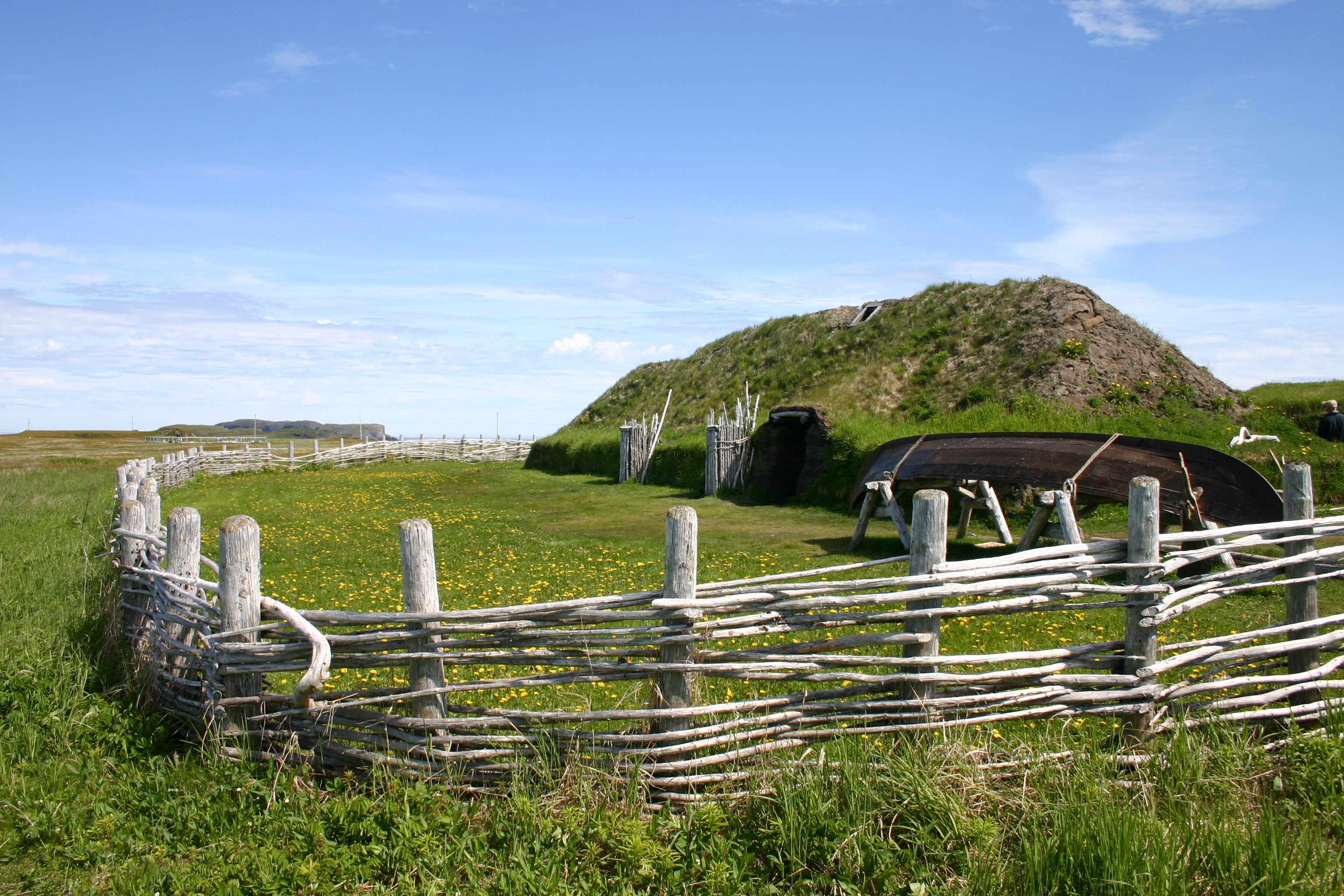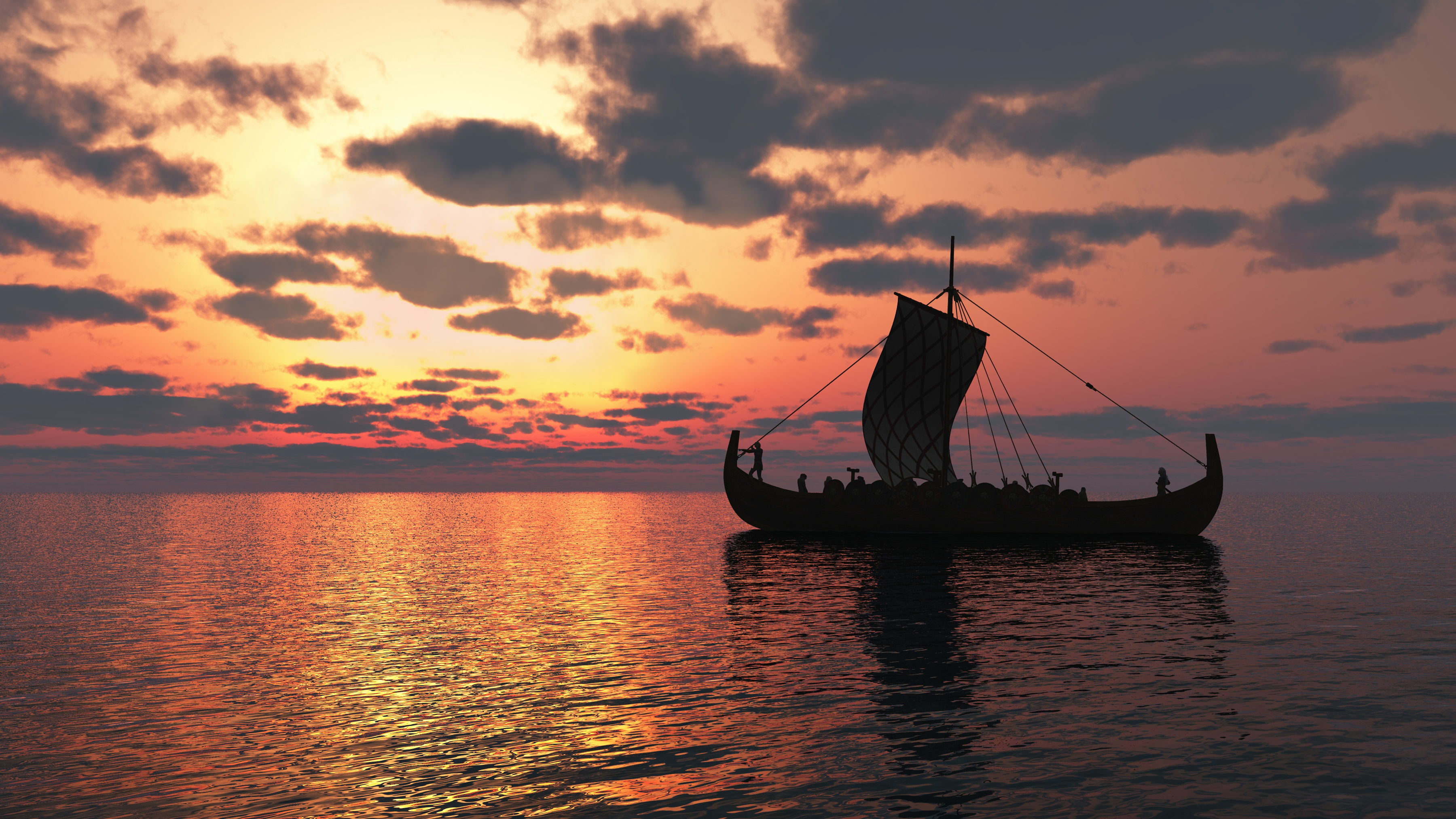Vikings reached the Americas exactly 1000 years ago, a new study has claimed.
Evidence of settlement by Scandinavian people in North America has only been confirmed in one location - L'Anse aux Meadows, in the Canadian island of Newfoundland.
Discovered in the 1960s, this settlement had been dated back to about the 1000s, with carbon dating proving ineffective in nailing down a precise date.
LIVE UPDATES: NSW parents to get $250 voucher

However, a new analysis of the wood used in constructing the buildings there has offered further specificity.
Research published in the journal Nature made use of a new type of tree-dating technique, which measured the impact of a solar storm that occurred in 992 CE.
The storm unleashed concentrated bursts of radiation that left an imprint on the trees later cut down by new settlers.
Analysis of the wood showed that between the storm and the time the tree was cut down, there were 29 "growth rings" - which measure a tree's growth year to year.
READ MORE: Human remains found in search for Gabby Petito's missing fiancé

This means the trees were cut down in the year 1021 - exactly 1000 years ago from 2021.
That also precedes Christopher Columbus' arrival in the Americas by 471 years - though of course both instances of European "first contact" are far outstripped by the initial arrival of humans in North America between 19,000 and 26,000 years ago.
There are a number of references to "Vinland" in Norse sagas and legends, which is described as a land of plenty far to the west, past Iceland and Greenland.
READ MORE: Gold Coast teen allegedly fired from pizza shop for receiving vaccine
Though L'Anse aux Meadows is the only confirmation of Norse presence in the Americas, it is believed the explorers may have travelled further south, as indicated the discovery of remnants of food items not native to the area.
It's believed L'Anse aux Meadows was the site of Norse activity for about 100 years, though the ultimate fate of its people remains unknown.
Changing climate and environment have been considered the cause for several Norse settlements, including in Greenland, being abandoned, with food becoming too scarce and winters too difficult to endure.
